Reconciliation Australia’s constitution, RAP, strategic plan and annual reports.

Financial Report 2024-2025
Reconciliation Australia Limited Annual Financial Report for the financial year ended 30 June 2025.

Annual Review 2023-2024
A summary of Reconciliation Australia's activities for the financial year 2023-2024. Includes National Reconciliation Week 2024; RAP Leadership Forum 2024; Narragunnawali Awards 2023; Indigenous Governance Program partnerships; Community Truth-telling Pathways research reports.
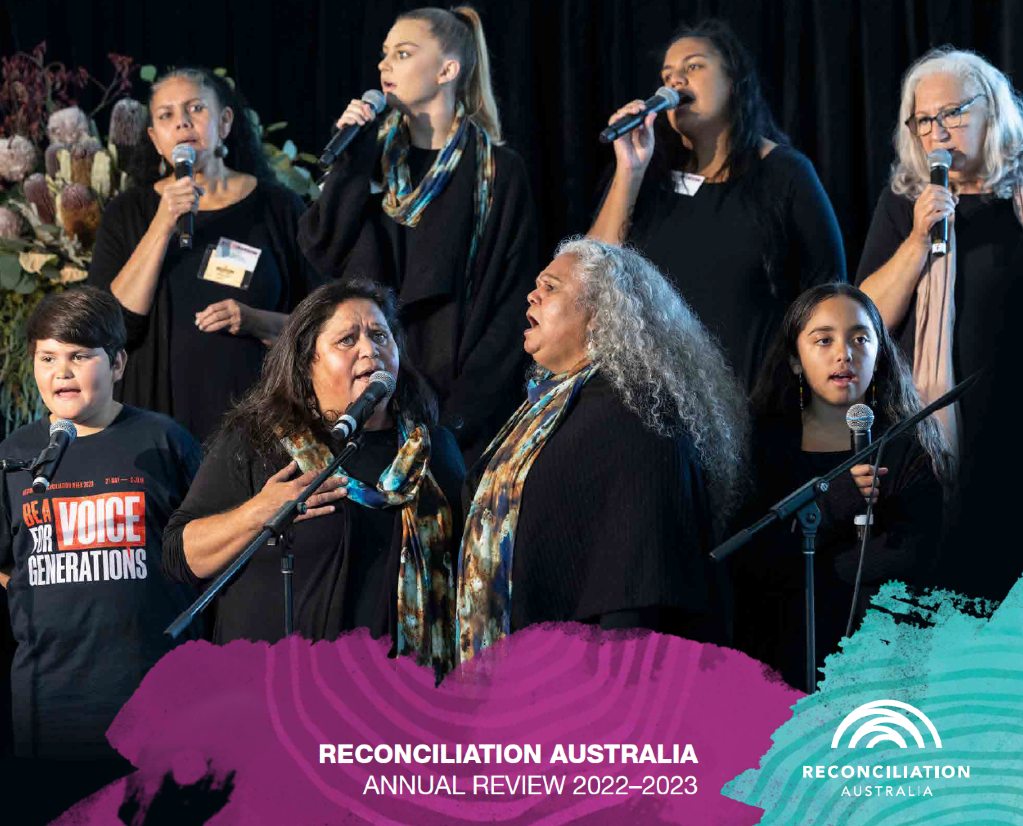
Annual Review 2022-2023
A summary of Reconciliation Australia's activities for the financial year 2022-2023. Includes 2022 Australian Reconciliation Barometer; National Reconciliation Week 2023 and parliamentary breakfast; 2023 Life Without Barriers RAP launch.

Annual Review 2021-2022
A summary of Reconciliation Australia's activities for the financial year 2021-2022. Includes the 2021 Australian Reconciliation Convention; 2022 National Reconciliation Week; 2022 National RAP Conference; and Indigenous Governance Awards 2022.

Annual Review 2020-2021
A summary of Reconciliation Australia's program and corporate activities, including the 2021 RAP Conference, and the 2020 Australian Reconciliation Barometer.

Annual Review 2019-2020
A summary of Reconciliation Australia's program and corporate activities, including the launch of the Indigenous Governance Program website and re-imagining of National Reconciliation Week due to the pandemic.
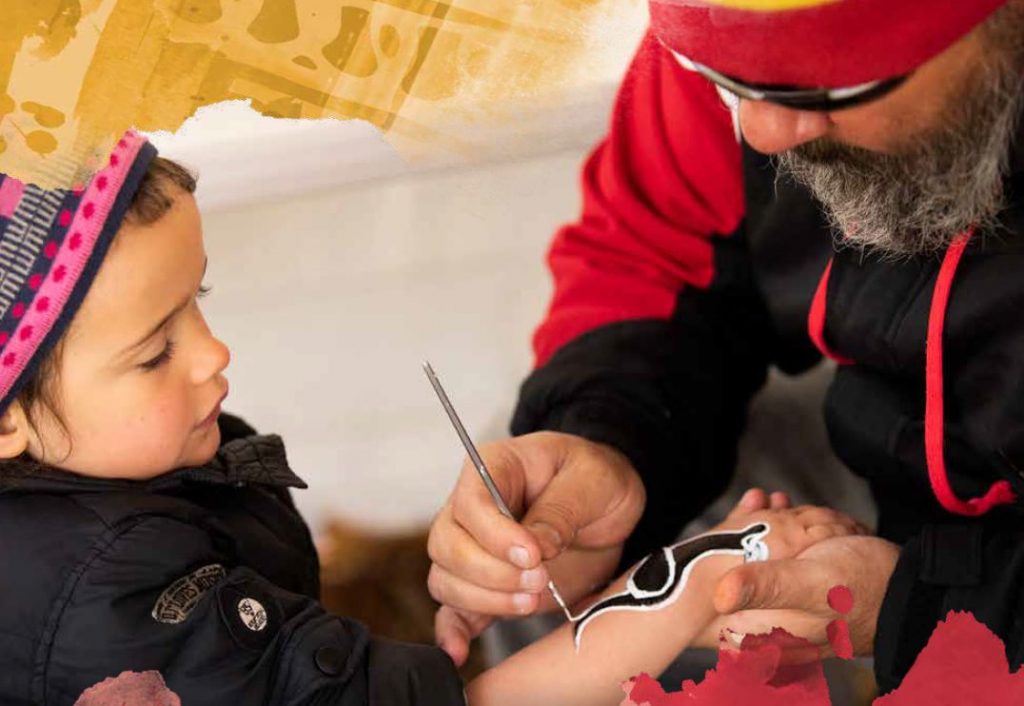
Annual Review 2018-2019
A summary of Reconciliation Australia's program and corporate activities, including celebration of the 8th Indigenous Governance Awards, release of the Australian Reconciliation Barometer, and delivery of truth-telling-themed National Reconciliation Week.

Annual Review 2017-2018
A summary of Reconciliation Australia's program and corporate activities, including winding up of Recognise, releasing the Reconciliation Australia Strategic Plan, and continued growth in Narragunnawali and the RAP programs.
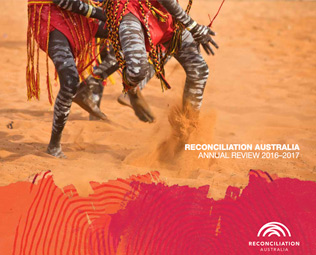
Annual Review 2016-2017
A summary of Reconciliation Australia's program and corporate activities, including the Australian Reconciliation Barometer, and the launch of the Narragunnawali Awards and Emerging Indigenous Executive Leaders Program.
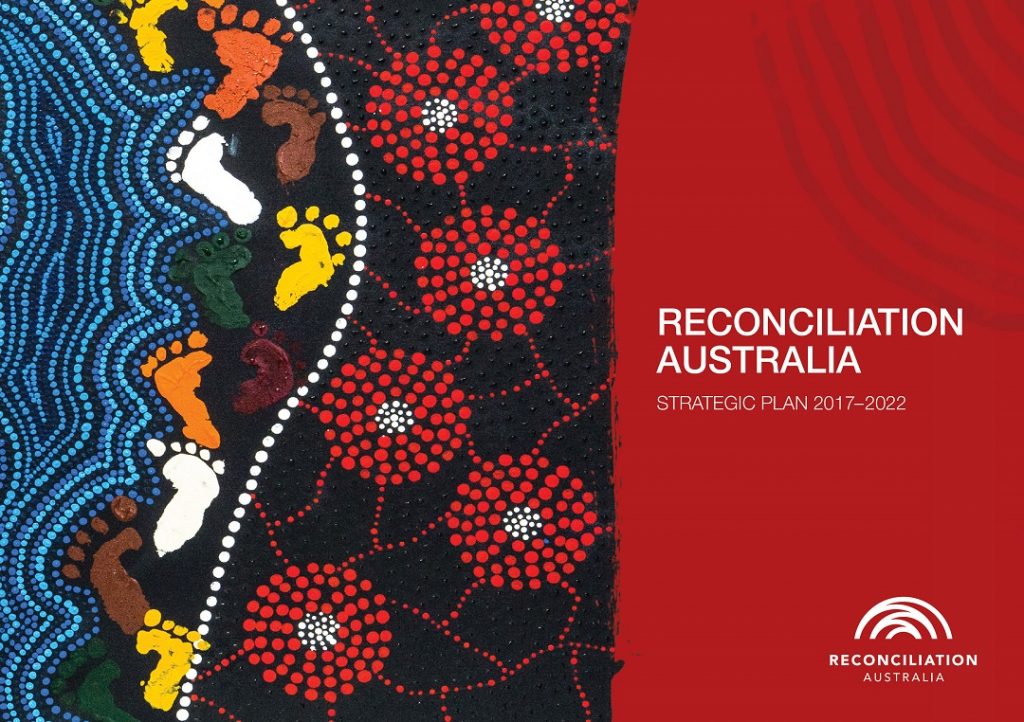
Strategic Plan 2017-2022
Reconciliation Australia has developed nine strategic goals, informed by the five dimensions of reconciliation, to enable us to lead lasting change in this phase of the nation’s reconciliation journey.

Reconciliation Australia’s Reconciliation Action Plan
Reconciliation Austrlia's fifth Reconciliation Action Plan (RAP) is our second Stretch RAP. By implementing RAPs of our own, Reconciliation Australiais leading by example in our application of actionable targets that demonstrate our deep commitment to achieving a just, equitable and reconciled Australia.
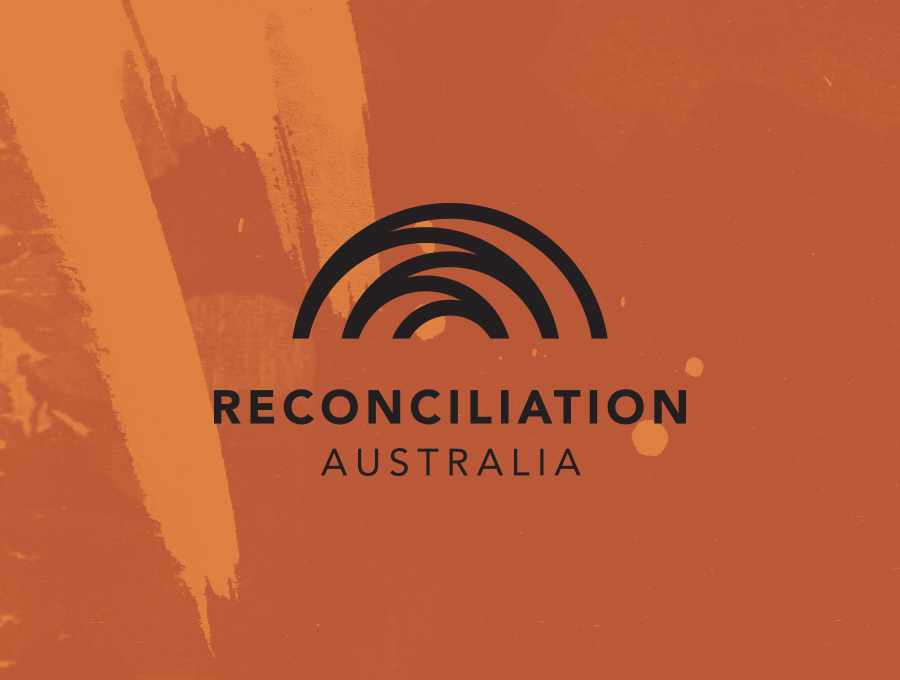
Reconciliation Australia Constitution
The object of Reconciliation Australia is to give effect to the Australian Declaration Towards Reconciliation through building an equitable, just and reconciled nation, where Aboriginal and Torres Strait Islander peoples participate equally and equitably in all areas of life, experience respectful relationships and have their history accepted in our nation’s story.

